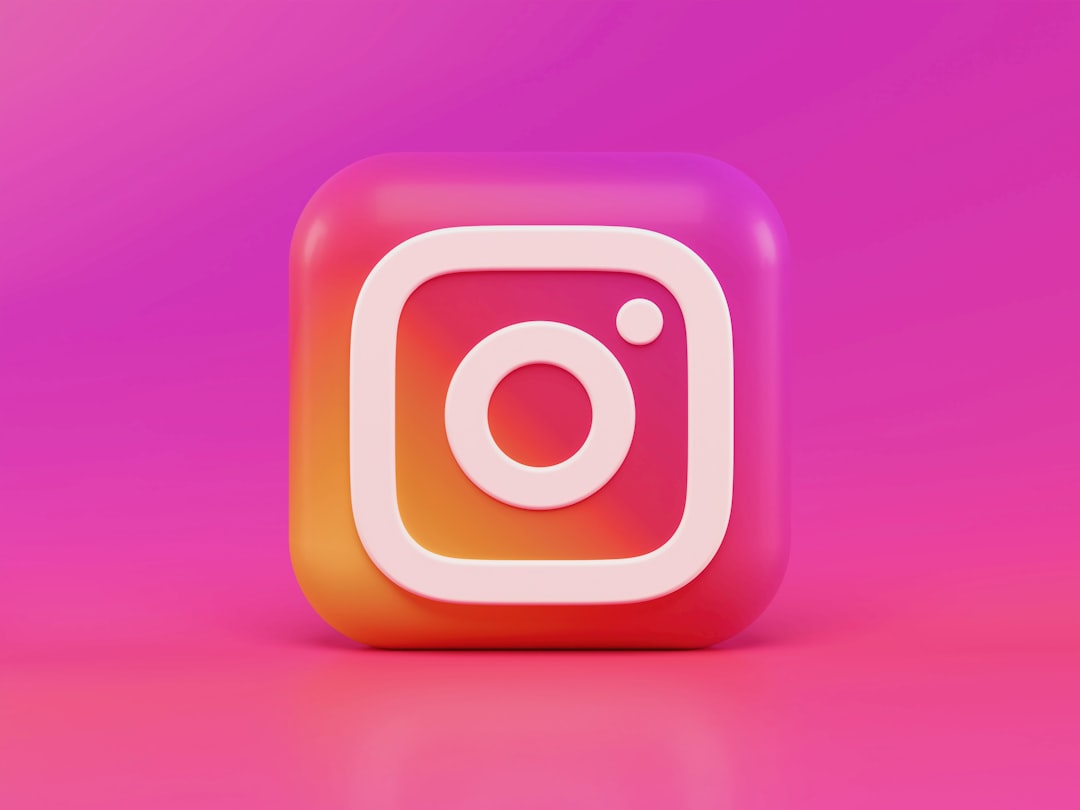- Creator Briefing
- Posts
- MrBeast calls time on ‘Beastification’
MrBeast calls time on ‘Beastification’
#139

Issue #139 | Your reading time this week is 5 mins. 45 secs.
Welcome back to the Creator Briefing.
Here’s just some of what I’ve been thinking about this week:
Creators’ shift from a brand-sponsored business model towards a community-sponsored business model
Instagram beats TikTok at its own game
MrBeast calls time on ‘Beastification’
Protecting kids from online harms should be evidence-based on fear-led
We return to a story from the last Creator Briefing about the creator whose likeness was used without permission or knowledge to front an ad and the potential wider damage such stunts may have on our industry
🙏Can you help me out? Please consider sharing this newsletter with a friend, colleague or student who might be interested in creator marketing. And, if you were forwarded this newsletter, sign up here to get your own weekly copy.
Creators diversify revenue streams
When it comes to influencer marketing, creators face a double whammy:
Brands are increasingly looking to forge fewer, but deeper and longer-term partnerships based on campaign success;
Heightened competition from other creators is making it a buyer’s market.
When you throw in wider constraints including the vagaries of social media algorithms and payout schemes from those platforms it points to a career where the successful are those who diversify revenue streams.
This trend is not new. For instance, Marques Brownlee has worked hard these past three years to diversify his income streams to limit his risk exposure and seize opportunities.
In 2021 90% of his income came from either YouTube’s Adsense or through influencer marketing brand collabs. The remainder coming from selling merch, his podcast, appearance fees and through licencing.
Today, he part-owns laptop camera company Opal as well as podcast and video editing company Riverside.FM. Last year the YouTuber released the M251, a shoe collaboration with sneaker company Atoms that had been in the works for three years.
New data from Emarketer compiled by Jasmine Enberg and teased by The Information gives a clear direction of travel for the shift from overreliance on sponsored content towards affiliate marketing and turning to creators' communities for tips.
The data shows that whilst a forerunner, Brownlee is no outlier in his diversification strategy.
Sponsored content remains the prime source of creator revenue.
Platform payouts remain the second largest earner - the lion’s share coming from YouTube’s AdSense scheme.
Affiliate marketing has enjoyed a growth spurt rising 57% since 2021 and is forecast to rise another 23% this year.
The largest growth lies with tipping according to Emarketer data climbing 40% this year in the forecast.
The new stats show an industry in flux shifting from a brand-sponsored business model towards a community-sponsored business model. Or, at least a hybrid of the two.
ADVERTISEMENT
#AD SUMO are Influencer Marketing and Talent Management recruiters. If you work within the Creator Economy and would like to expand your team, or if you’re seeking a new opportunity, we would love to hear from you. Visit: www.sumo.london
Instagram overtakes TikTok in user downloads
Instagram’s TikTok clone features appear to be beating out TikTok in the race to acquire downloads and active users.
→ Instagram downloads surged 20% in 2023 compared with 2022. Whilst TikTok achieved just 4% year-over-year growth
→ Instagram also beat TikTok in app downloads in 2023: Instagram had 767m. TikTok had 733m
→ Instagram’s MAUs reached 1.47bn, with a rise of 13m in the Q4 2023
→ TikTok's MAUs aged between 18-24 decreased by 9% from 2022 to 2023
→ TikTok however wins on user engagement. Users spent 95 minutes on TikTok in Q4 2023, compared with 62 minutes on Instagram.
Data supplied by Sensor Tower, as reported in the Financial Times and Business Insider.
Will talent agencies follow YouTube’s partnership lay offs?
YouTube has crunched the numbers and decided it can do without a large chunk of its team that manages creators.
100 people were laid off earlier this year from the partnership team, according to The Information. This is the department tasked with advising creators on how to grow YouTube channels, granting creators early access to new features and sorting technical issues with creators’ accounts.
The cull came after the video-sharing platform waded through data to determine the degree of positive effect dedicated YouTube managers had in terms of increased content volume and viewing figures.
These are hard metrics. Partnership team members will bring value through softer metrics earned through long-term relationships with content creators. Will YouTube’s new focus on financial efficiencies be to the detriment of content effectiveness? Time will tell. But, YouTube’s move may herald a shift for the wider talent agency sector to take stock and make similar headcount cuts.
Deepfakes’ challenge to influencer marketing’s success

A fortnight ago (CreatorBriefing #138) I shared the story of content creator Michel C Janse whose likeness was used without her consent or knowledge to front an advertisement.
The Washington Post has since picked up the story: ‘Women’s faces were stolen for AI ads pushing impotence pills and Putin’ as has Marketing Brew: ‘Deepfakes are spreading, putting creator and brand safety at risk’.
I foreshadowed the rise of deepfakes back in 2021 in the Routledge textbook Influencer Marketing - Building Brand Communities and Engagement.
Today, tools including HeyGen and Eleven Labs make it quick, easy and often free to generate a synthetic version of a real person’s voice, swap out the sound on an existing video, and animate the speaker’s lips. In CB#138 we discussed how even Google researchers are working on turning photos into photorealistic videos.
Creators Ida Giancola, and MrBeast, and celebs Jennifer Aniston, Taylor Swift, and Tom Hanks, have all been the target of AI-driven deepfakes.
Inevitably regulation lags behind technical innovation. Legislation on deepfakes is patchy and where it does exist tends to focus on political ads and nonconsensual porn.
And here’s the problem both for society and for our industry. Influencer marketing over-indexes in its ability to shape consumer behaviour. But that ability is founded on consumer trust. Deepfakes, hidden advertising and non-declared use of AI erode consumers' trust in influencer marketing. These practices are the wrong things to do ethically; they’ll also hit all of us in the pocket if they contribute towards the loss of consumer trust.
Platforms make 100 tweaks to keep kids safe online

Together social media platforms have made almost 100 tweaks to their services to comply with new standards in the U.K. to improve kids’ online safety.
So says a new report by the U.S.-based nonprofit Children and Screens: Institute of Digital Media and Child Development reported in NPR.
It’s too early to determine whether the tweaks have had the desired effect in reducing online harms in children and the young says Mitch Prinstein, a neuroscientist at the University of North Carolina at Chapel Hill and chief science officer at the American Psychological Association.
"We don't have data yet to show that they, in fact, are successful at making kids feel safe, comfortable and getting benefits from social media," he adds. "But they're the right first steps."
This question of data around keeping kids safe is picked up in the story below. Naturally, we want to keep children and young people safe from harm - but regulation should be evidence-based, not fear-led.
The Anxious Generation: How the Great Rewiring of Childhood Is Causing an Epidemic of Mental Illness
In a new book, The Anxious Generation, social psychologist Jonathan Haidt argues that the cause of the decline in mental health of adolescents is rooted in smartphones and, specifically, social media.
The Telegraph calls Haidt’s new work: 'Compelling, readable, remarkably persuasive'.
The Guardian says ‘it ought to become a foundational text for the growing movement'.
But are the conclusions derived from the data accurate?
No, asserts Professor Candice L. Odgers, the associate dean for research and a professor of psychological science and informatics at the University of California, Irvine.
Prof Odgers, writing in Nature, contends that Haidt’s book’s repeated suggestion that digital technologies are rewiring our children’s brains and causing an epidemic of mental illness is not supported by science.
Worse, the bold proposal that social media is to blame might distract us from effectively responding to the real causes of the current mental-health crisis in young people says Prof Odgers who also co-leads international networks on child development for both the Canadian Institute for Advanced Research in Toronto and the Jacobs Foundation based in Zurich, Switzerland.
Prof Odgers does concede however that many of Haidt’s solutions for parents, adolescents, educators and big technology firms are reasonable, including stricter content-moderation policies and requiring companies to take user age into account when designing platforms and algorithms.
Mr Beast calls time on ‘Beastification’

Last month MrBeast posted to X calling for the end of ‘Beastification’: “This past year i’ve slowed down our videos, focused on story telling, let scenes breathe, yelled less, more personality, longer videos, etc. And our views have skyrocketed!
“My fellow YouTubers lets get rid of the ultra fast paced/overstim era of content. It doesn’t even work”
MrBeast is calling for an end of retention editing, sensing audience fatigue in the high edit count, high transition, high sound effect style of the last few years.
YouTube pushes into affiliate space
YouTube is pushing into the affiliate space with a shift towards enticing creators to link to products below their videos. Introducing shopping to the platform reduces consumer friction within social commerce. But competition is high from incumbents including Amazon, MagicLinks, and LTK.
Instagram shut down its native affiliate programme in 2022. Whilst TikTok is getting stingier with its Shop payouts (see story below).
Prices set to soar on TikTok shop
This week the fees TikTok charges sellers jumped from 2% to 6% of the price of each order. Sellers and buyers only have three months to catch their breath before Double T raises the tariff again in July to 8%.
TikTok Shop does still offer subsidies to sellers. Shoppers don’t pay shipping on orders of $20 or more. Has TikTok done enough to form a habit with online buyers?
What did you think of this week's newsletter?Honest feedback helps me create the best possible newsletter for you each week |


Reply